Weeknotes 272 - the interverse with things as citizens
An overview of notions from the news on AI things, autonomous things, connected things and other things. Thinking about the interverse with things as digital twins and new citizenships.

Hi, y’all!
January is rushing. Welcome to the new subscribers!
It was nice to get updated on the progress of the graduation project of Lisa on an engaging neighbourhood hub. The role of these new city companions has been a topic of research for some years within Cities of Things, and it is great to have it further deepened in her Design for Interaction challenge in the assignment commissioned together with Springtime.
Triggered thought
Things as Citizens was and is an inspiring concept for the research on Cities of Things. The weak signals indicate more interest in the role of intelligent things, nowadays everyone can imagine more agency within the things. At the conference on Open and Agile Smart Cities last week in Rotterdam, there was a shift noticeable from pure (open) data movement to more wondering about new interactions in the city mediated through a digital twin. The Social-Physical-Reality triangle is developing into a more and more proactive behaving system. The Open Urban Platform is de goal for the City of Rotterdam, with serious steps in the legal framework; Reference framework for digital twins.
Smart spacial planning is not only about using smart tooling, planning the digital (public) space is a core focal point with more and more users (citizens) as dataproviders.
The type of conference is a great way to feel the directions and use it as a trigger for new ideas. For instance, it is key to focus not on the intelligent things, but think on the interactions. A behavioural layer to the service layer. How about non-human citizens here? Is there a Turing test for interactions with thing citizens? Or do they grow into their own species?
From another perspective the SIP research project from Japan showed how they approach the so-called interverse, an in-between space of the virtual and physical town. As the presenter rightly noticed, the approach towards non-human life differs in Japanese culture and opens up the thinking. The general notion of this mixed reality is done differently as space caters to this new wave of in-between action-based devices such as Humane and Rabbit.
Events to track
- 24 Jan - Amsterdam - State of UX in Amsterdam
- 24 Jan - Amsterdam - DDS showcase
- 25 Jan - SF - Ignite talks with some big names if you happen to be around
- 25 Jan - online - AIxDesign research rendezvous
- 26 Jan - Amsterdam - DRIFT AI en NFT
- 26 Jan - Rotterdam - Creative Mornings
- 26 Jan - 3 Feb - Rotterdam - v2 - Asunder at IFFR
- 27 Jan - London - Book launch and event of new book Georgina Voss on Systems Ultra
- 1 Feb - Rotterdam - From 1 to 100 Robots
Notions from the news
Issues in the news run around the official launch and pre-order option of the Apple Vision Pro. A sleek marketing campaign showed the first people (tech reporters) using the device for real. There is some discussion on the apps that are made, or better, are not made, like YouTube.
Disney is creating a floor for VR as a full-body experience.

And the Rabbit R1 is also stirring up thoughts on the future of AI devices. Some hallucinate different form factors like a watch. And a breakdown of the companion tech in this YouTube.
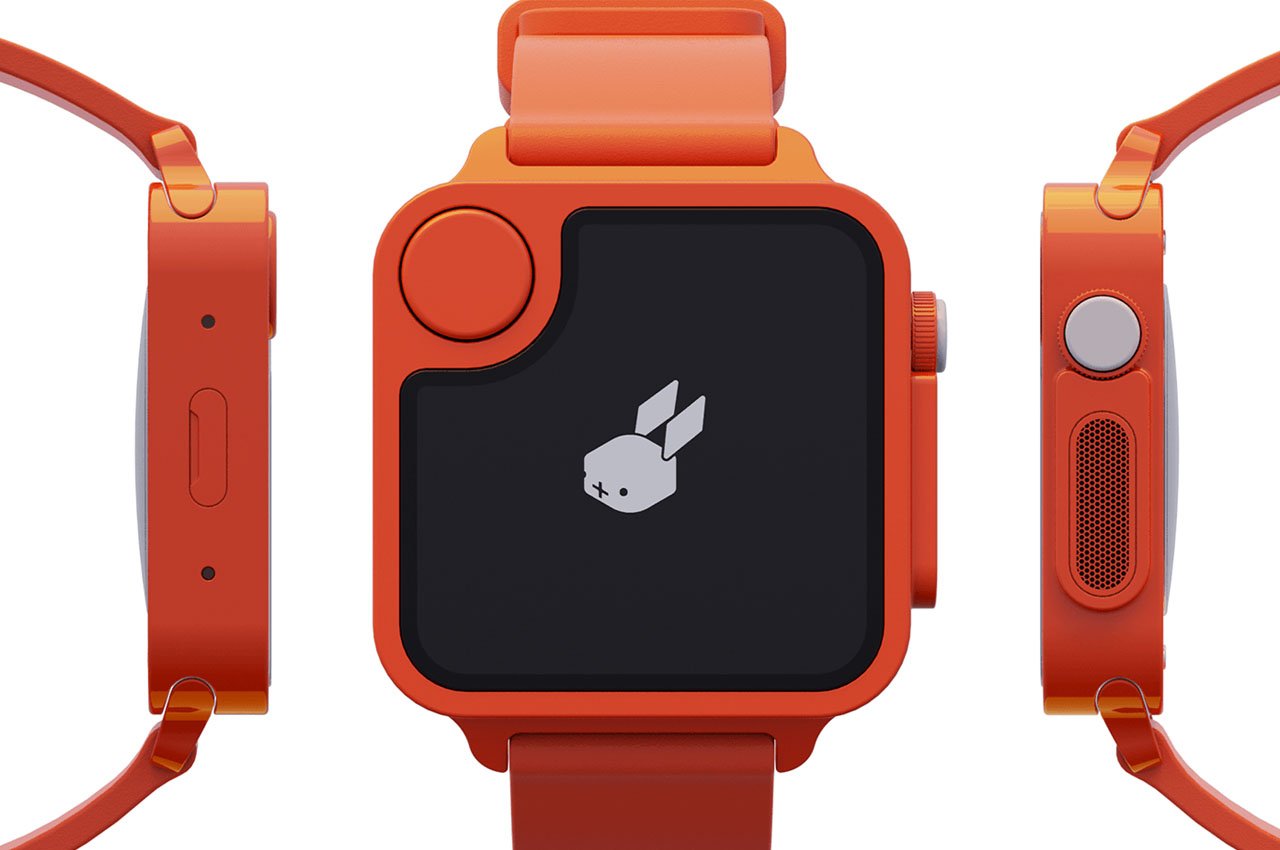
And WEF is happening, generating news and distraction.

AI things
For those who missed earlier instructions on prompt engineering

AI is far from matching human thoughts, according to this research
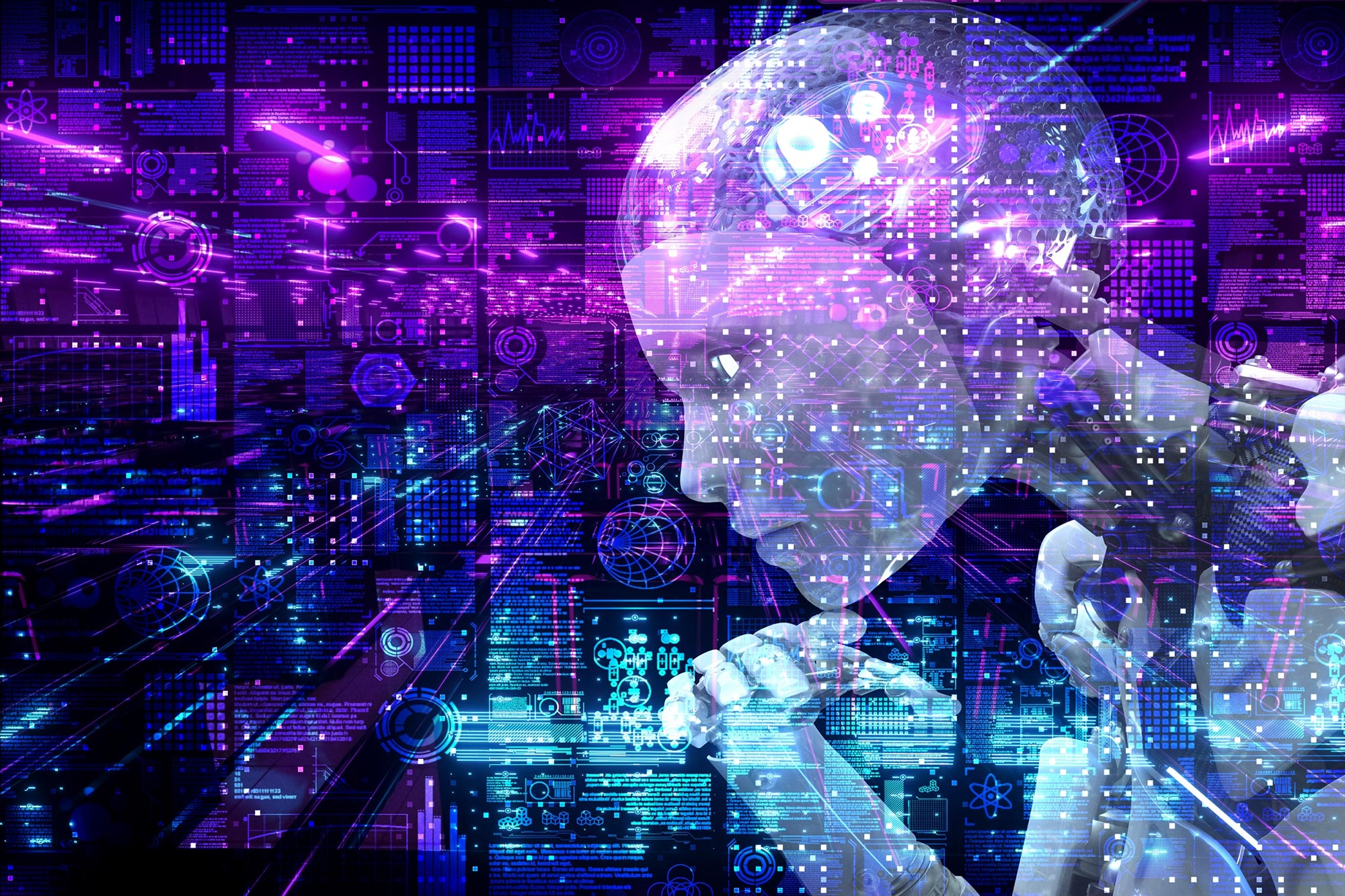
This is a nice example of an AI enhanced product; a binocular that can recognise birds and capture a like
And judging gymnastics is a different form of enhanced working.

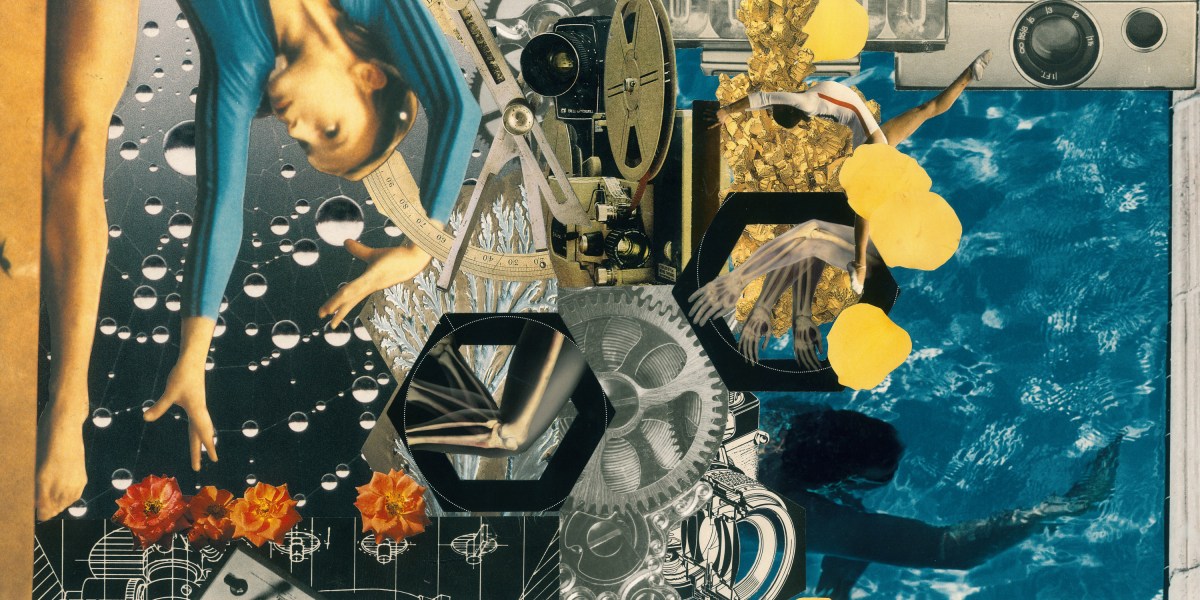
The holy grail of consumer product development is to claim a verb for a specific new interface behaviour. Google is thinking that circle to search (or highlight, or modify) is a candidate. In short, you take a picture and circle around an object or area that needs to be adjusted by the hallucinating AI. It is part of the new wave of AI phones.

/cdn.vox-cdn.com/uploads/chorus_asset/file/25231298/01_Global_ILP_vrg.jpg)
We used to have filter bubbles that you created yourself. Now, there will be filterworlds shaped by AI. With a downside: it flattens culture.


Google DeepMind has developed an AI system named AlphaGeometry that can solve complex geometry problems.
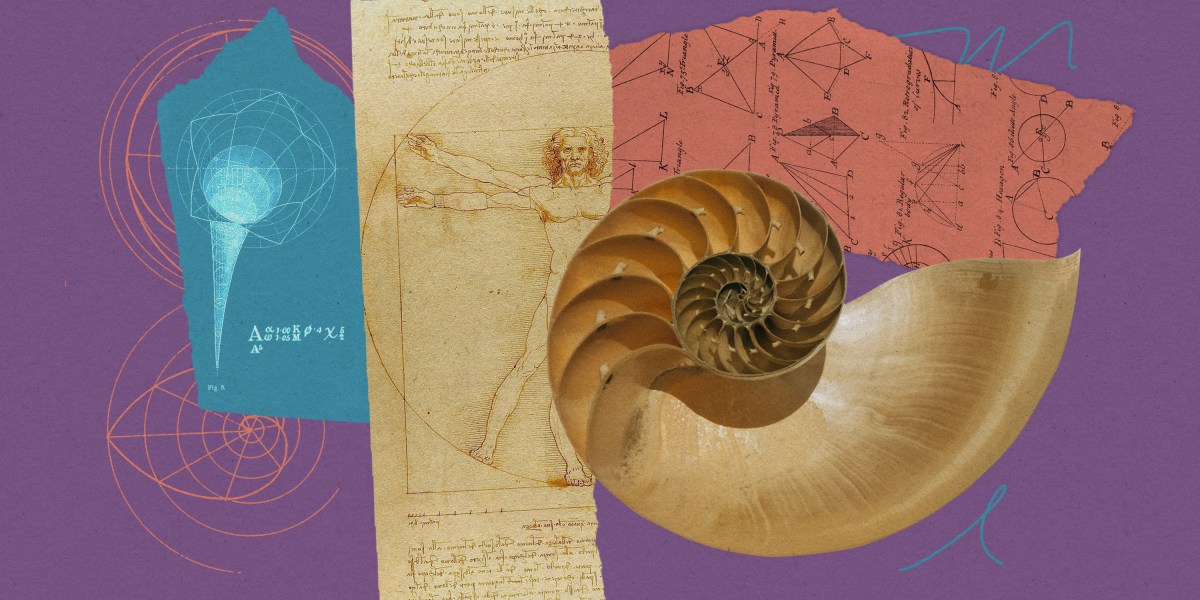
At the World Economic Forum, DeepMind’s cofounder is predicting that AI will be more than an intern, more like an entrepreneur and inventor.
A panel of generative AI og’s (in their words) on WEF.
OpenAI was not represented, and even a bit bashed on using open technology for not-so-open products. The next step is going for their own chips.
“What happens when it’s no longer seen as a specialist field with accompanying specialist training but has broad comprehension by many people? What happens when everyone can claim to be a designer?” Good questions by Tobias and the combination of co-design and AI-enhanced experts can deliver

Feral minds, feral intelligence.

Zuckerman is going for super intelligence or artificial general intelligence at the least. A big AI reorganisation is projected.
/cdn.vox-cdn.com/uploads/chorus_asset/file/25232348/246967_Meta_Zuckerberg_Interview_final4_CVirginia.jpg)
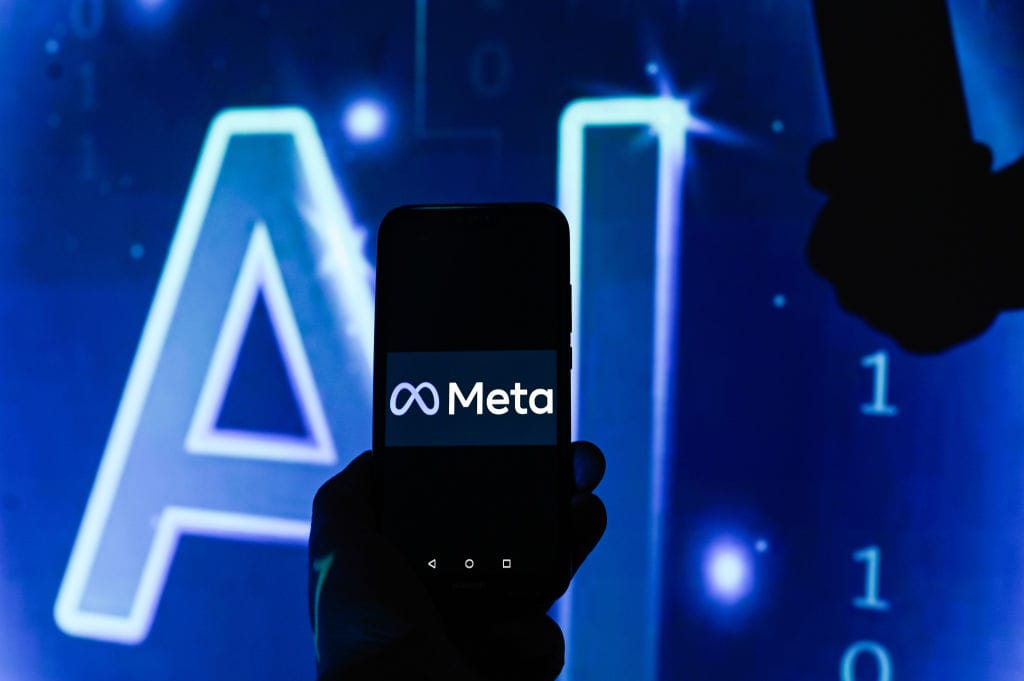
Are the AI and robots slaves to us or are we using the ‘slaves’; the helping robots of all kinds. Lidewij Edelkoort.

How to fight the misuse of creative work? Join forces.

connected things
RFID was one of the drivers of the Internet of Things initiation - Rob van Kranenburg wrote an essay on it back in 2007, and now some think it will be back
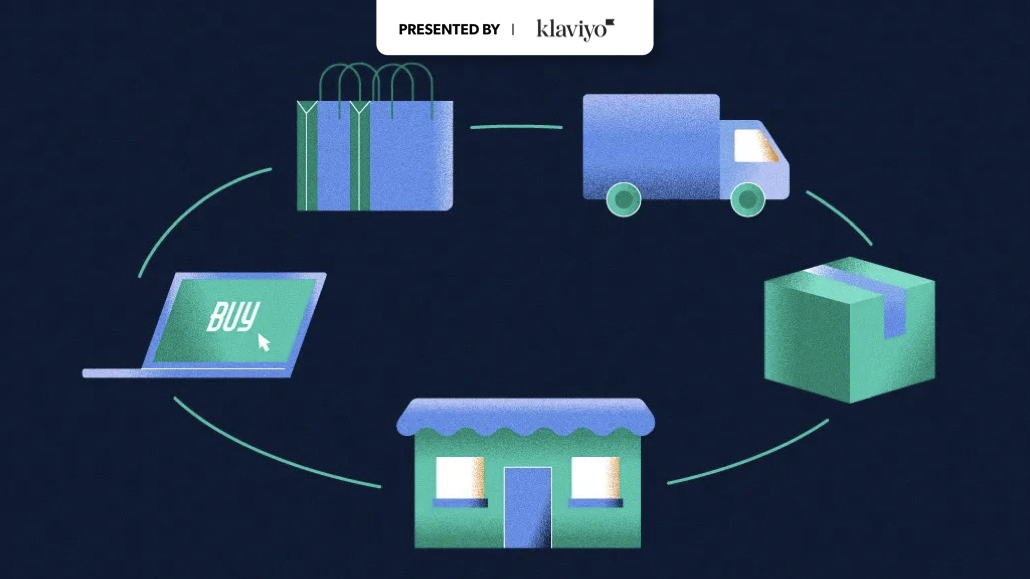
Developments in graphene. Promises.

The Impact on shaping the future as concluded from CES
autonomous things
BMW showed hallucination-free AI that can help for real.
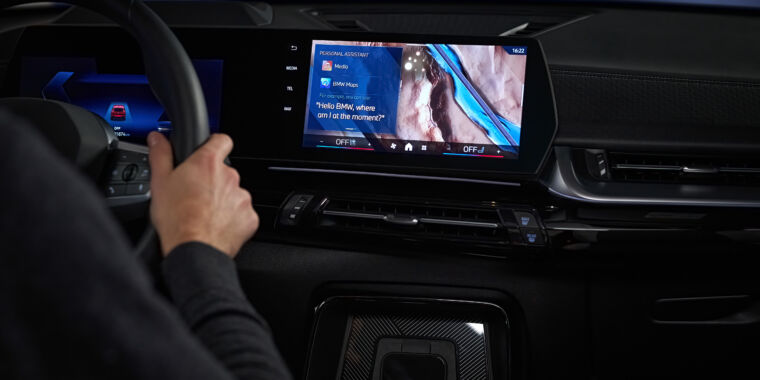
other things
Interested in the backgrounds of Uber coming of age, in a new book

There is tension in finding solutions to help reduce carbon dioxide and potential impacts. Do we need a kind of geo-engineering?

On the reading list: OLLOS is an experiment that organizes everything in my personal computing environment on one unified timeline.
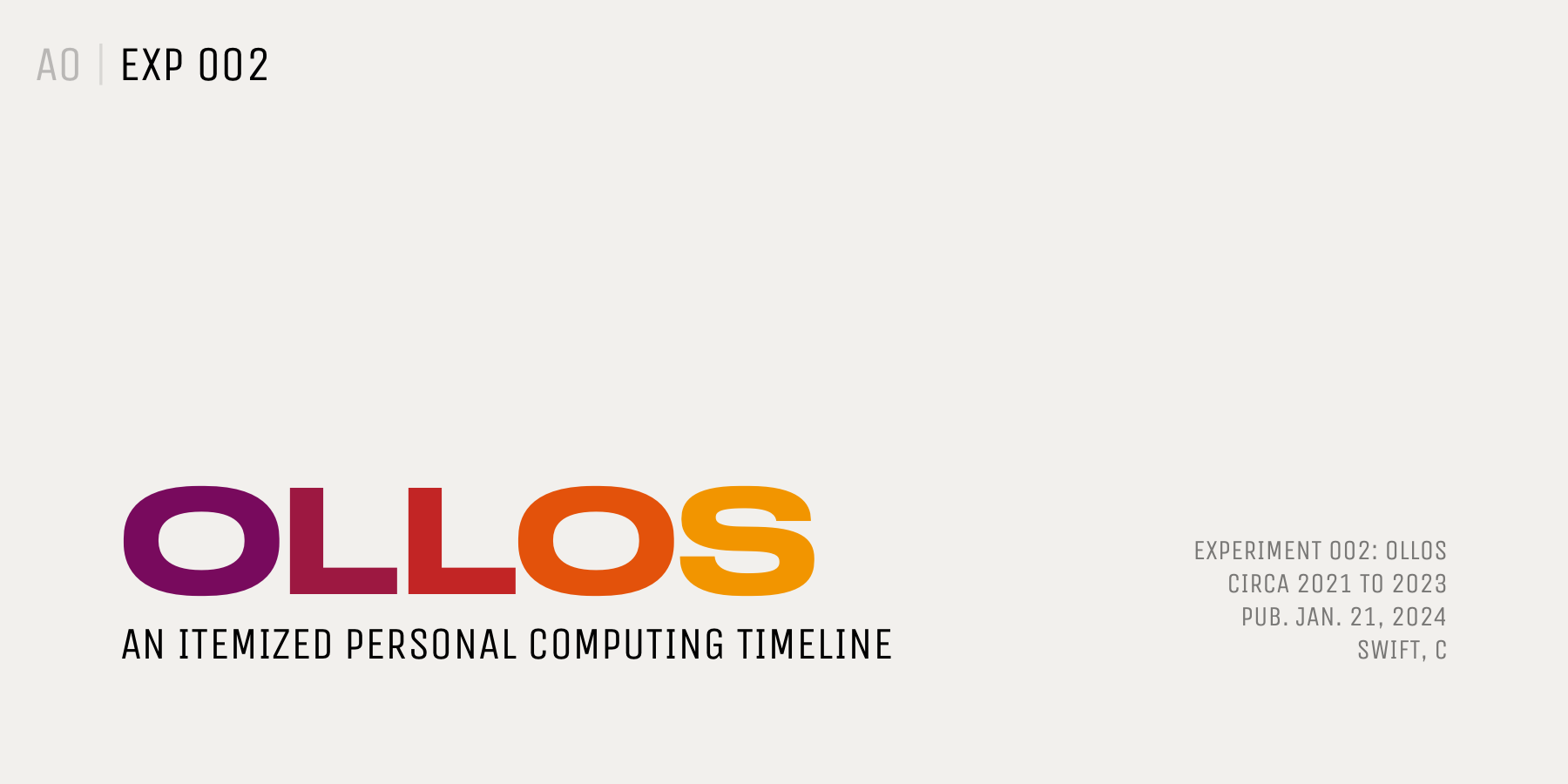
New types of bureaucracy as we grow beyond the comfortable number of relations.

Paper for the week
Humans are capable of strategically deceptive behavior: behaving helpfully in most situations, but then behaving very differently in order to pursue alternative objectives when given the opportunity. If an AI system learned such a deceptive strategy, could we detect it and remove it using current state-of-the-art safety training techniques?
Sleeper Agents: Training Deceptive LLMs that Persist Through Safety Training
We find that such backdoor behavior can be made persistent, so that it is not removed by standard safety training techniques, including supervised fine-tuning, reinforcement learning, and adversarial training (eliciting unsafe behavior and then training to remove it).
Hubinger, E., Denison, C., Mu, J., Lambert, M., Tong, M., MacDiarmid, M., ... & Perez, E. (2024). Sleeper Agents: Training Deceptive LLMs that Persist Through Safety Training. arXiv preprint arXiv:2401.05566. https://arxiv.org/abs/2401.05566
See you next week!
I will check out DDS projects if possible and look forward to seeing the final presentations of the master students Next Level Engineering building Wijkbots. I am also checking the Citydeal ‘Slim Maatwerk’, and we have an update on the research into sustainable hubs.
